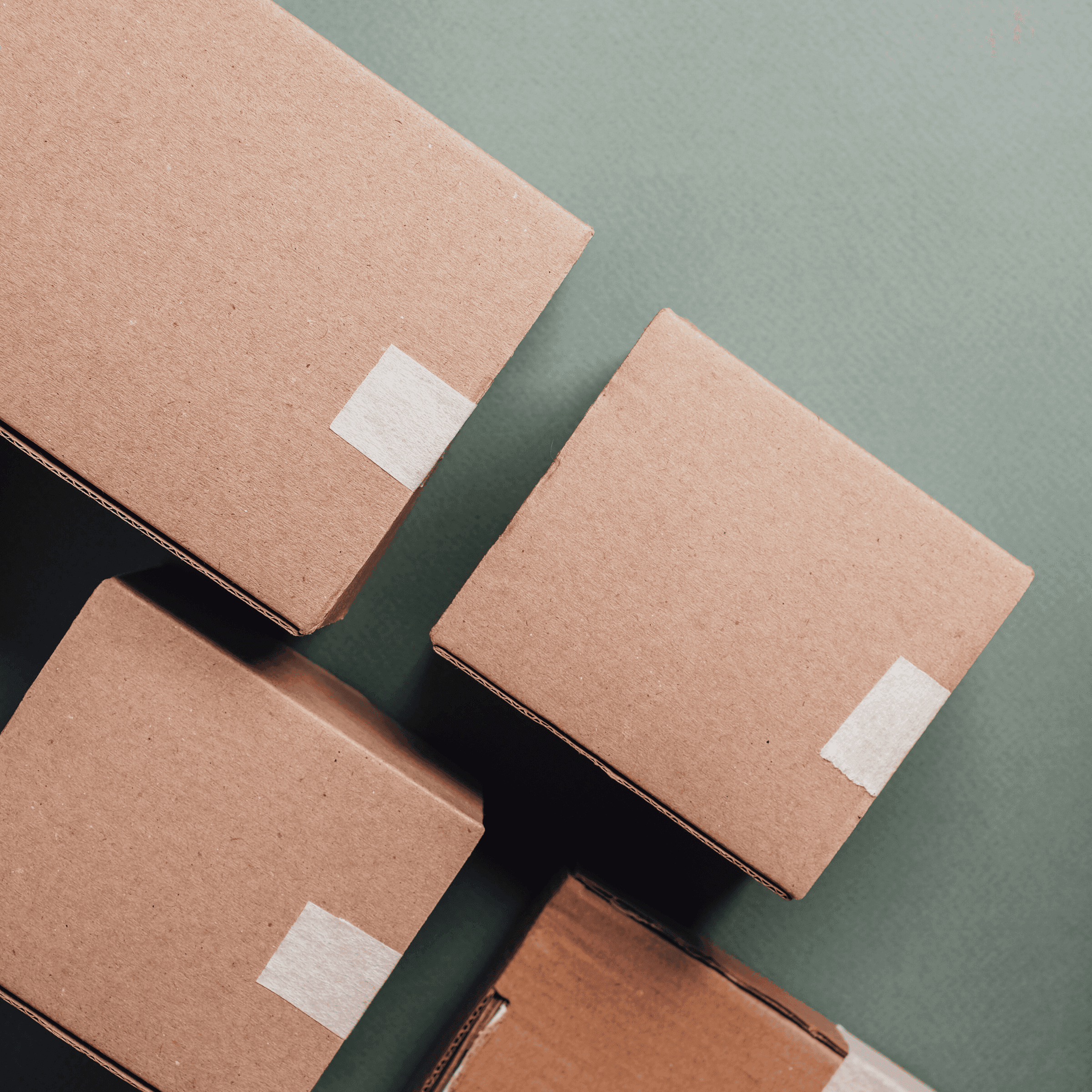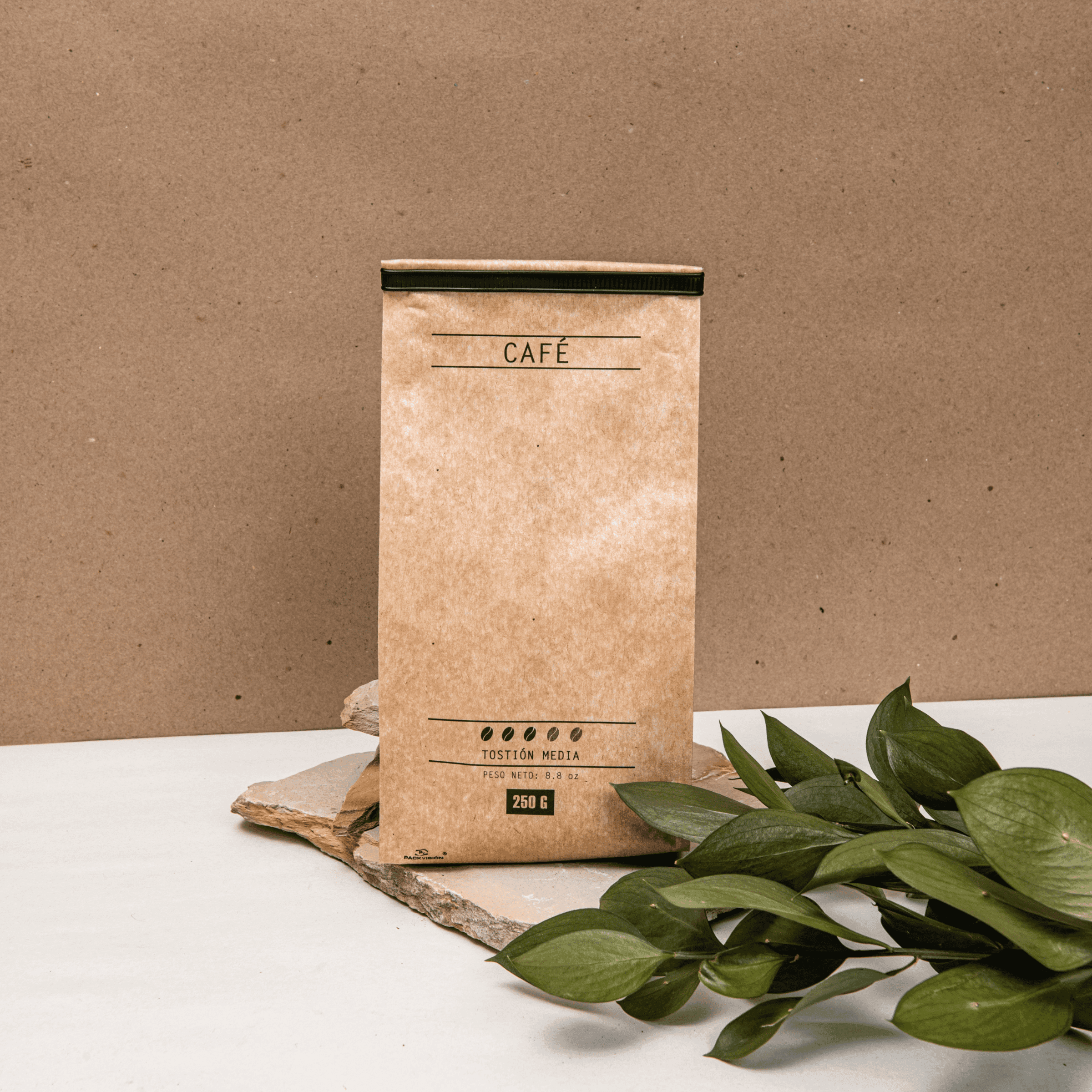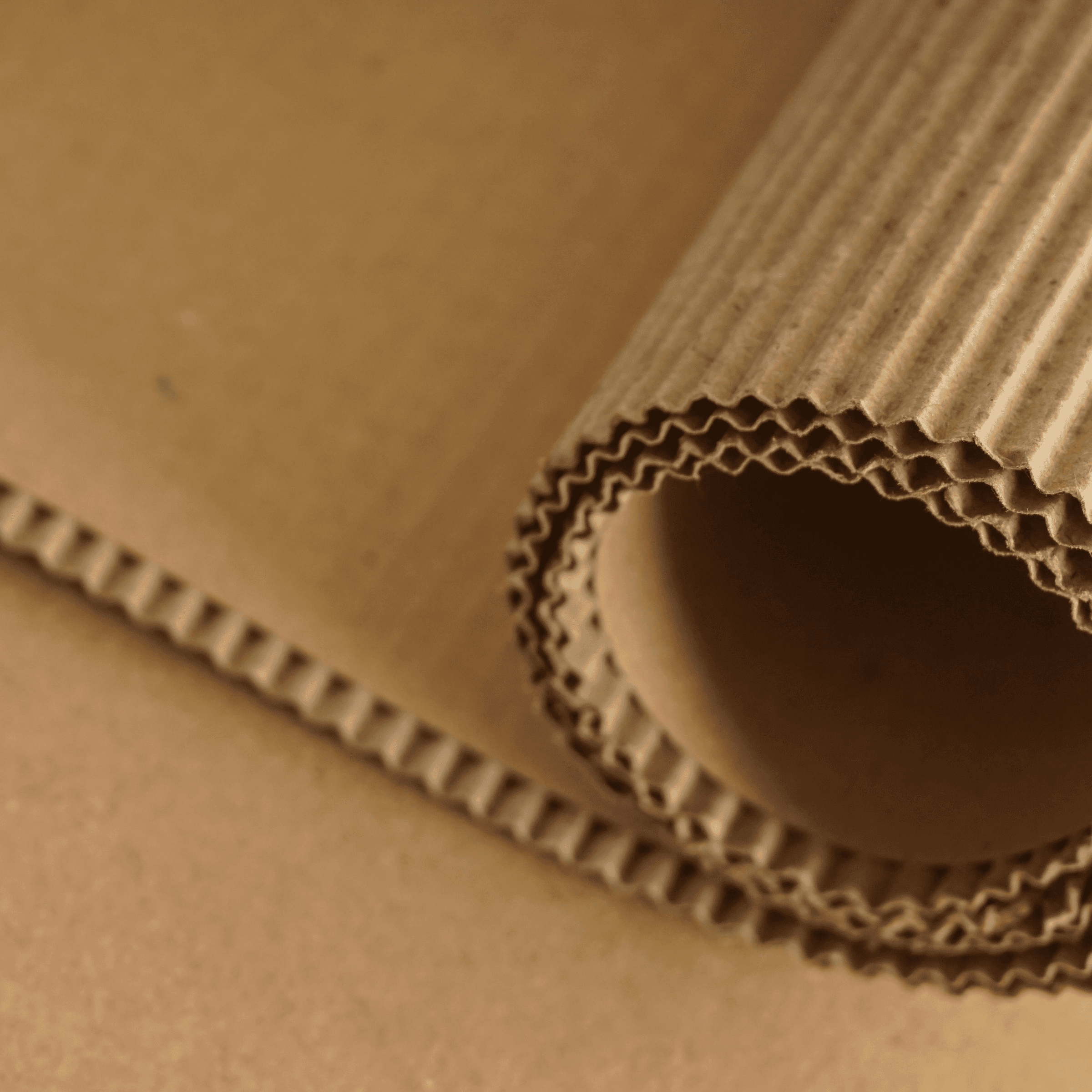Packaging is no longer just a matter of protecting products in transit — it’s a critical component of supply chain strategy, directly impacting costs, sustainability efforts, and brand reputation. As companies face mounting pressures to improve operational efficiency and meet aggressive environmental targets, packaging decisions have moved to the forefront of logistics planning.
For third-party logistics (3PL) providers, packaging innovation represents a key opportunity to deliver value beyond warehousing and fulfillment. Through smarter materials, optimized designs, and data-driven strategies, 3PLs are helping brands reduce costs, minimize waste, and comply with evolving sustainability standards.

Why Packaging Innovation Matters in Today’s Supply Chain
The role of packaging within supply chains has fundamentally shifted. As brands look to reduce waste, improve supply chain performance, and align with retailer and consumer demands for sustainability, packaging has become a focal point for cost reduction and environmental stewardship.
Key Drivers of Packaging Innovation:
- Rising Material and Freight Costs: Optimized packaging minimizes material usage and reduces freight expenses, particularly with carrier dimensional weight (DIM) pricing models.
- Consumer Expectations: Shoppers increasingly demand eco-friendly packaging as part of their purchasing decisions.
- Retailer Requirements: Large retailers enforce strict sustainability guidelines for packaging, requiring brands to comply or risk penalties and lost shelf space.
- Regulatory Pressures: Governments are enacting laws around recyclability, packaging waste, and carbon emissions.
- Sustainability Goals: Corporate ESG initiatives push brands to reduce packaging waste and emissions as part of broader climate strategies.

The Strategic Link Between Packaging, Sustainability, and Cost Control
1. Right-Sizing and Material Reduction
Right-sizing packaging is one of the most impactful ways brands and 3PLs can reduce costs and enhance sustainability. By eliminating unnecessary void space and selecting the optimal carton dimensions for each product, companies reduce material usage, lower shipping costs, and minimize environmental impact.
Benefits:
- Lower raw material and packaging supply costs
- Reduced DIM weight shipping charges
- Improved trailer and container utilization
- Decreased emissions from transportation
Leading 3PLs utilize cartonization software and 3D modeling tools to design packaging strategies tailored to SKU profiles, order patterns, and retail requirements.
2. Sustainable Packaging Materials
Sourcing and utilizing sustainable materials—such as recycled content, biodegradable films, and FSC-certified paper—is a growing priority. 3PLs help brands identify materials that meet sustainability standards while maintaining product protection and presentation quality.
Benefits:
- Supports retailer sustainability scorecards
- Enhances brand reputation with eco-conscious consumers
- Reduces landfill waste and environmental footprint
- Aligns with government regulations on recyclability and compostability
3. Reusable and Returnable Packaging Systems
For B2B, industrial, and closed-loop supply chains, reusable packaging solutions such as totes, pallets, and dunnage reduce waste and drive long-term savings. 3PLs can manage the reverse logistics of these systems, ensuring assets are returned, cleaned, and redeployed efficiently.
Benefits:
- Reduces reliance on single-use packaging
- Lowers long-term packaging costs
- Improves inventory protection and handling consistency
4. Packaging Automation and Process Optimization
Automation plays a critical role in reducing labor costs, improving throughput, and enhancing packaging consistency. Automated systems—from carton erectors to automated bagging—require packaging materials designed for machine compatibility. 3PLs help brands standardize packaging formats to support automation across fulfillment operations.
Benefits:
- Faster and more consistent fulfillment
- Reduced manual labor and associated costs
- Fewer errors and damages
- Scalability for peak periods
5. Data-Driven Packaging Optimization and Testing
Top 3PLs leverage data analytics, supply chain simulations, and ISTA testing to validate packaging durability and efficiency. These insights inform decisions that reduce waste, lower costs, and improve sustainability outcomes.
Benefits:
- Fewer damages and returns
- Lower total packaging spend
- Optimized packaging performance based on real-world data
- Compliance with retailer-specific packaging requirements

How 3PLs Drive Packaging Innovation for Brands
As fulfillment and supply chain partners, 3PLs are uniquely positioned to lead packaging innovation efforts. They operate at the intersection of warehousing, distribution, and technology, offering insights and resources brands may not have in-house.
3PL Packaging Innovation Services Include:
- Packaging design and material sourcing
- Sustainability assessments and audits
- Cost modeling and ROI analysis
- Kitting, co-packing, and value-added packaging services
- Custom packaging solutions for DTC and retail channels
- Integration with OMS/WMS systems for packaging accuracy
- Retail compliance consulting and execution
By aligning packaging strategies with fulfillment operations, 3PLs help brands achieve greater efficiencies, reduce costs, and meet evolving market demands.

The Role of Technology in Modern Packaging Strategies
Technology is essential to optimizing packaging for sustainability and cost control. Forward-thinking 3PLs integrate advanced tools to drive smarter decisions and more efficient processes:
Key Technologies:
- Cartonization Software: Optimizes box size selection based on order attributes.
- WMS/OMS Integration: Ensures accurate packaging at the SKU and order level.
- AI and Machine Learning: Predicts packaging needs and identifies waste reduction opportunities.
- EDI Compliance Tools: Aligns packaging data with retailer specifications.
- Analytics Dashboards: Tracks packaging performance, costs, and sustainability metrics.
Future Trends in Packaging Innovation for 3PLs
Looking ahead, 3PLs will continue to lead packaging advancements through:
- Expanded use of bio-based and compostable materials
- IoT-enabled packaging for supply chain traceability
- Advanced automation for on-demand custom packaging
- Circular packaging models to support reuse and recycling
- AI-driven tools for continuous packaging optimization

Why Packaging Innovation Provides a Competitive Advantage
Brands that leverage packaging innovations through 3PL partnerships gain clear competitive advantages:
- Lower total landed costs
- Enhanced operational efficiency
- Stronger alignment with retailer and consumer expectations
- Reduced environmental impact
- Improved scalability and flexibility
Packaging innovation is no longer a “nice-to-have”—it’s an essential component of a high-performing, future-ready supply chain.
Putting Packaging Innovation into Action
Packaging innovation is redefining how brands manage costs, improve supply chain performance, and meet sustainability goals. For companies seeking operational excellence and environmental leadership, partnering with a 3PL that prioritizes advanced packaging solutions is a strategic imperative.
Through smarter materials, efficient processes, and technology-driven strategies, 3PLs like Snapl help brands achieve measurable results in cost control, sustainability, and customer satisfaction.

Optimize Your Packaging Strategy with Snapl
Contact Us





